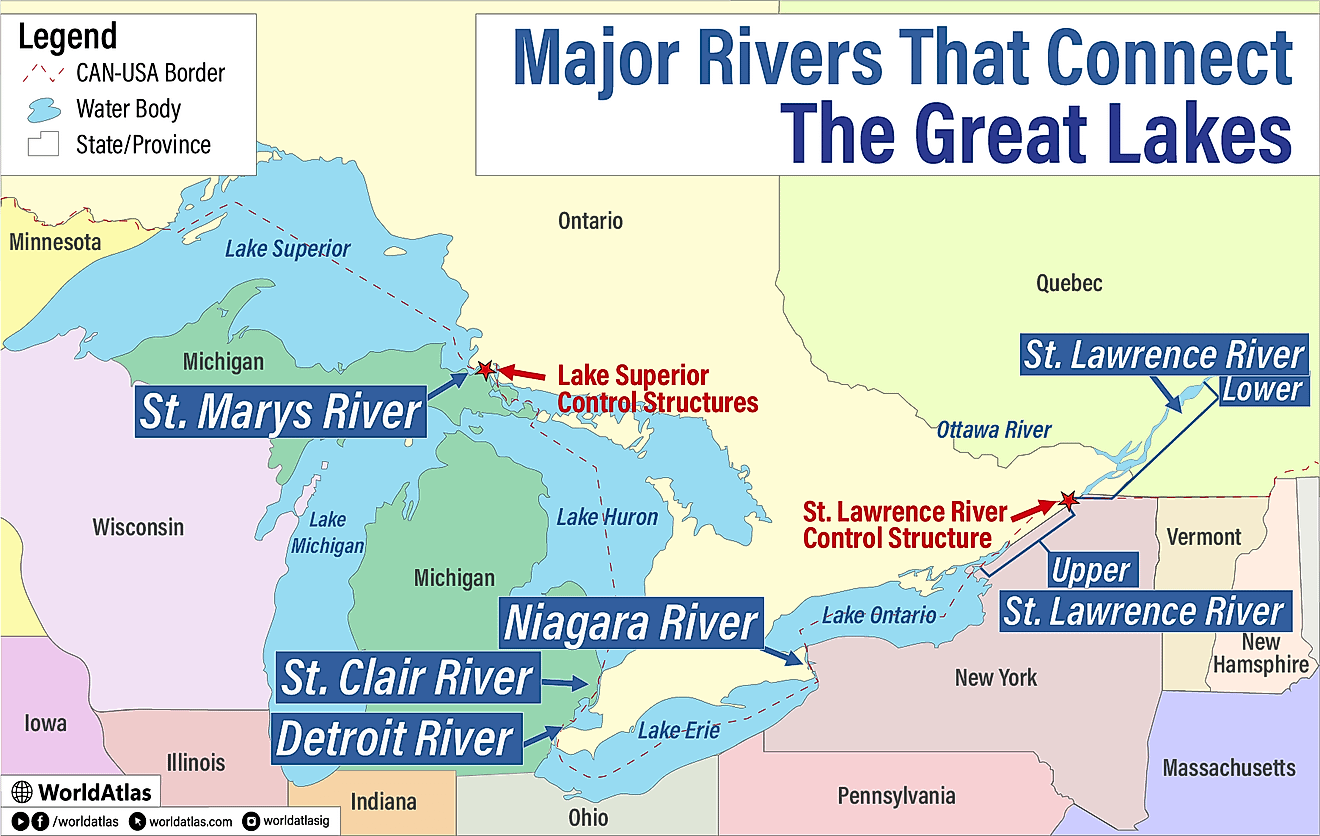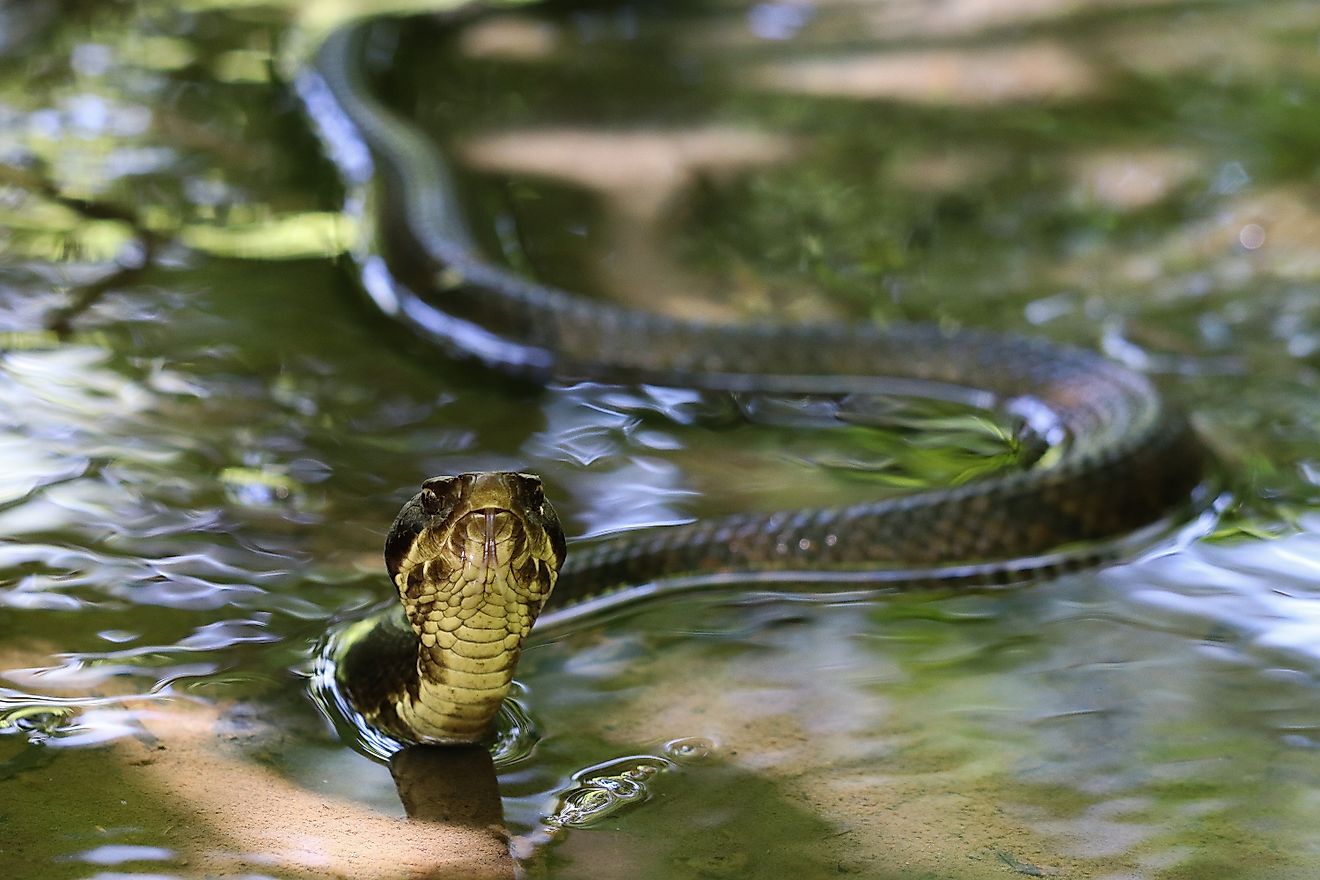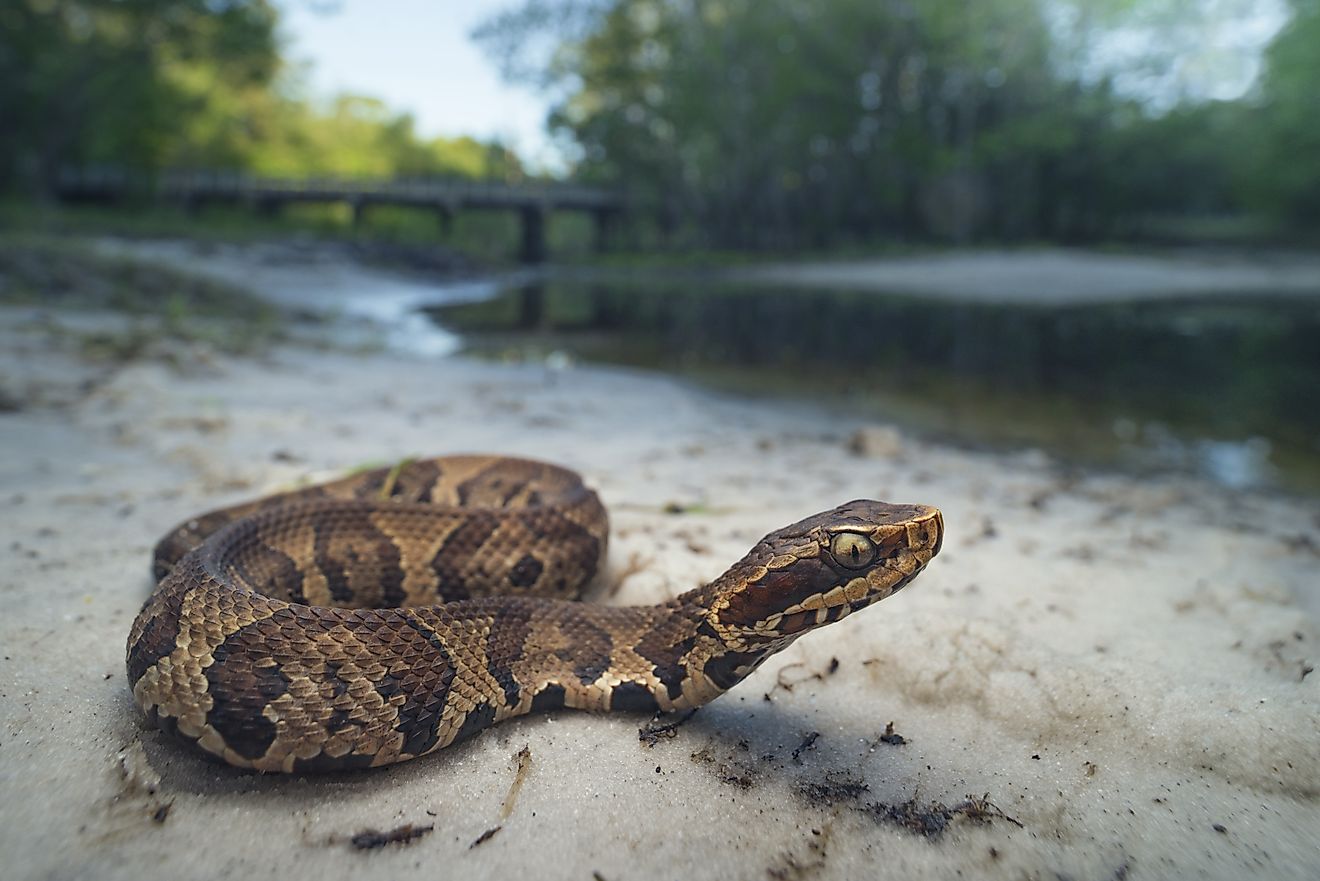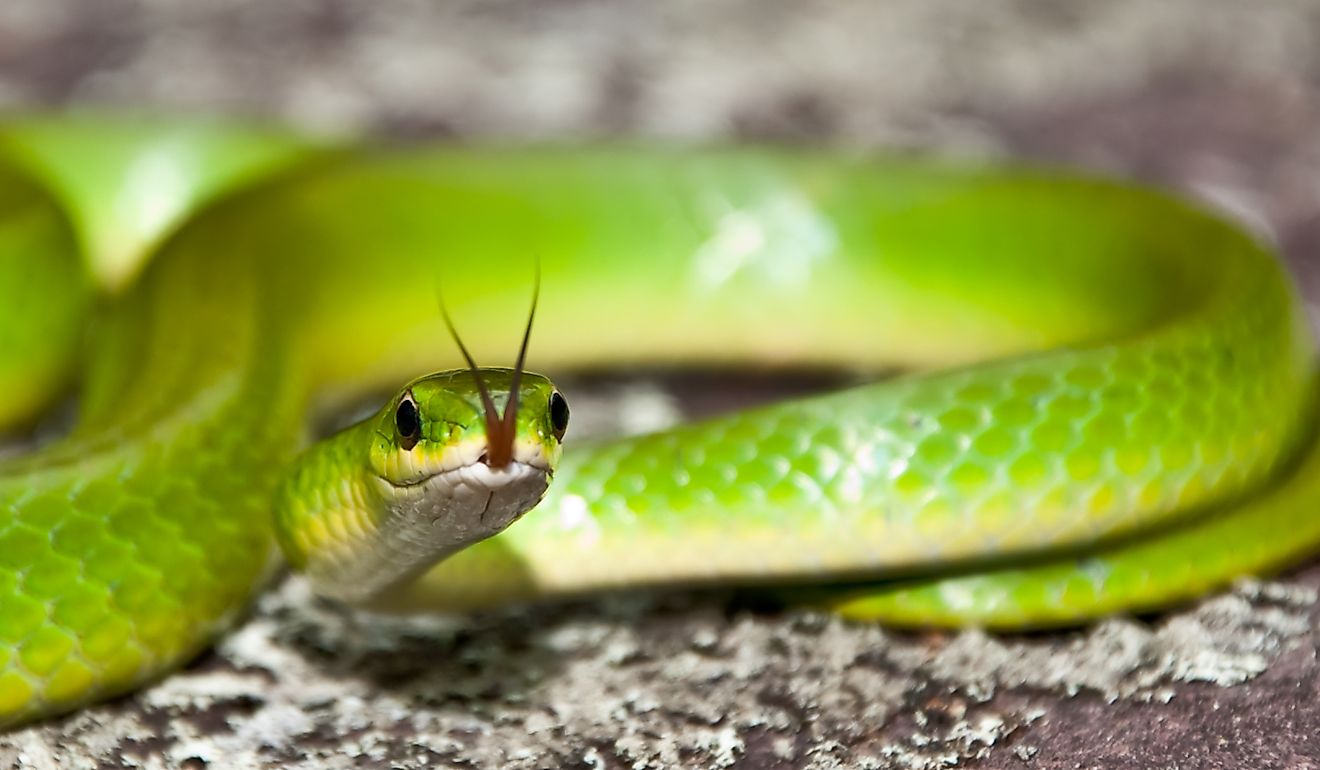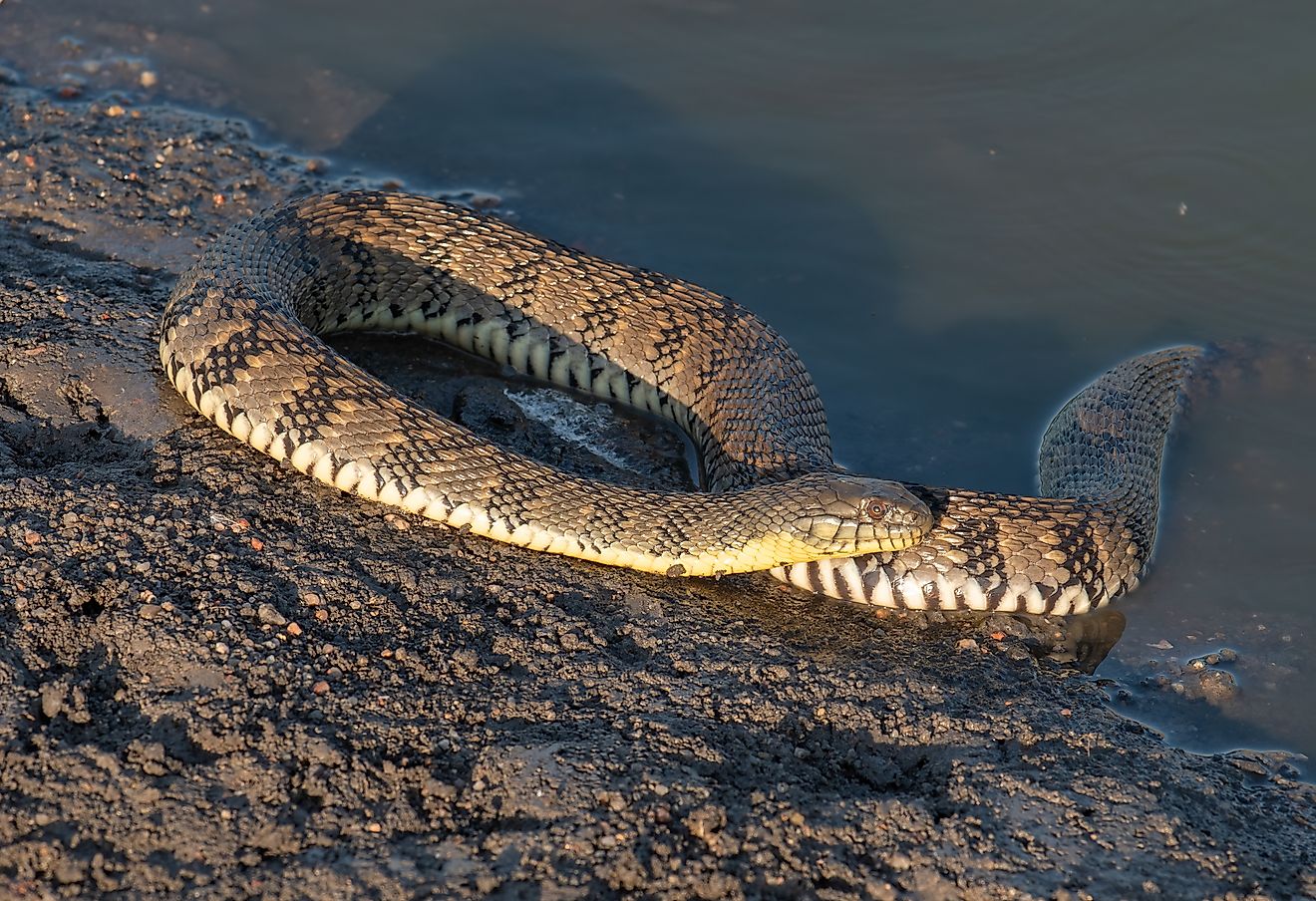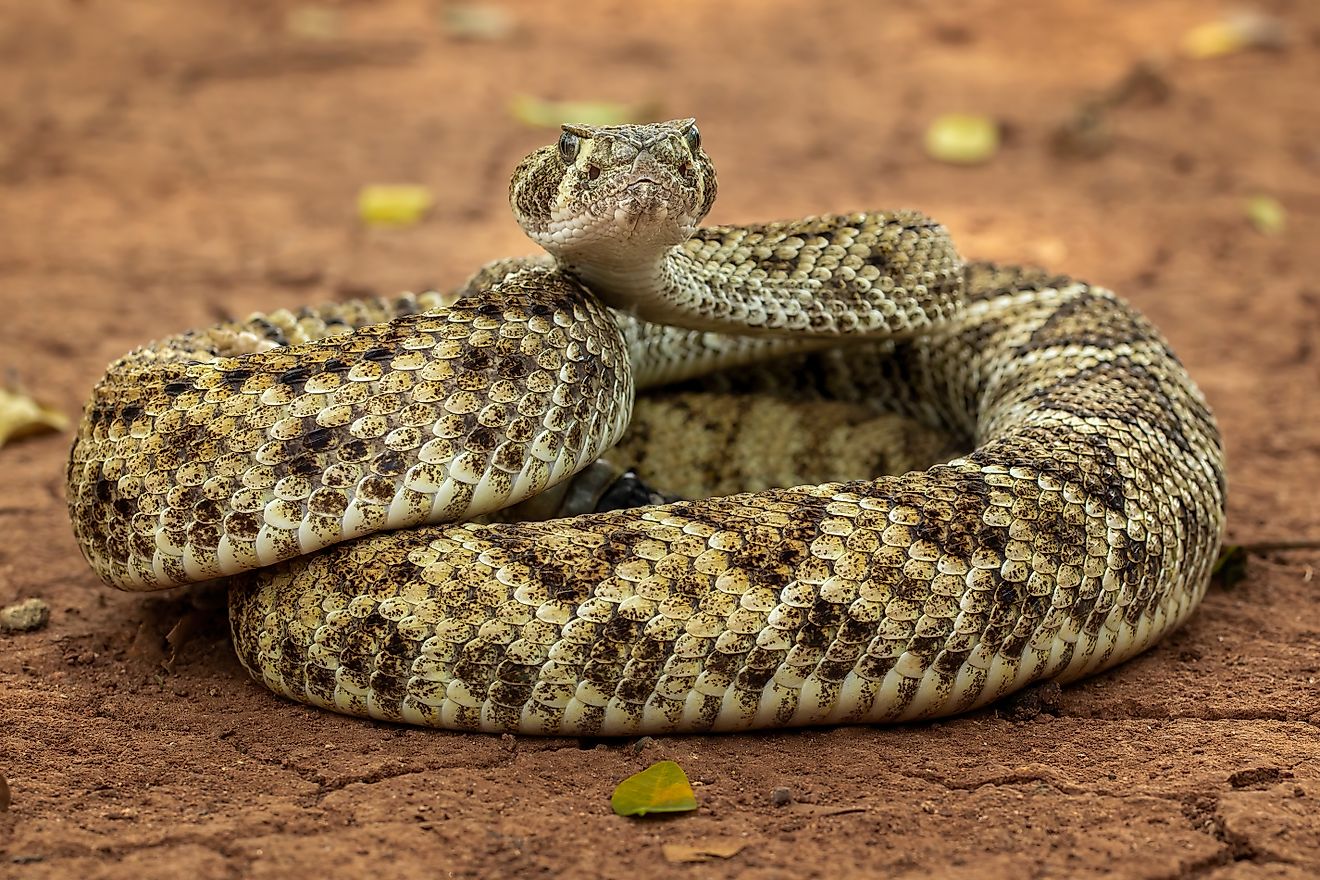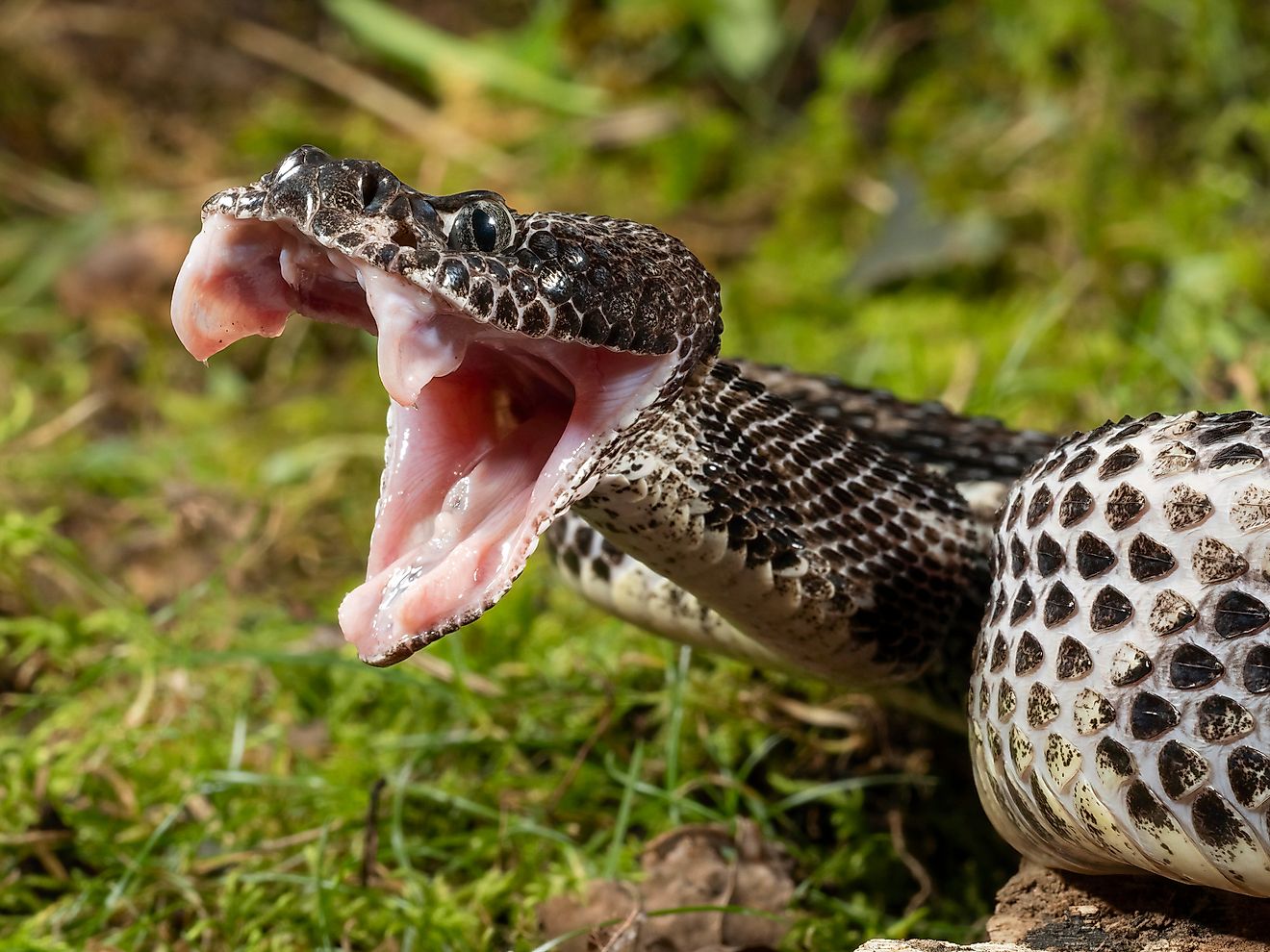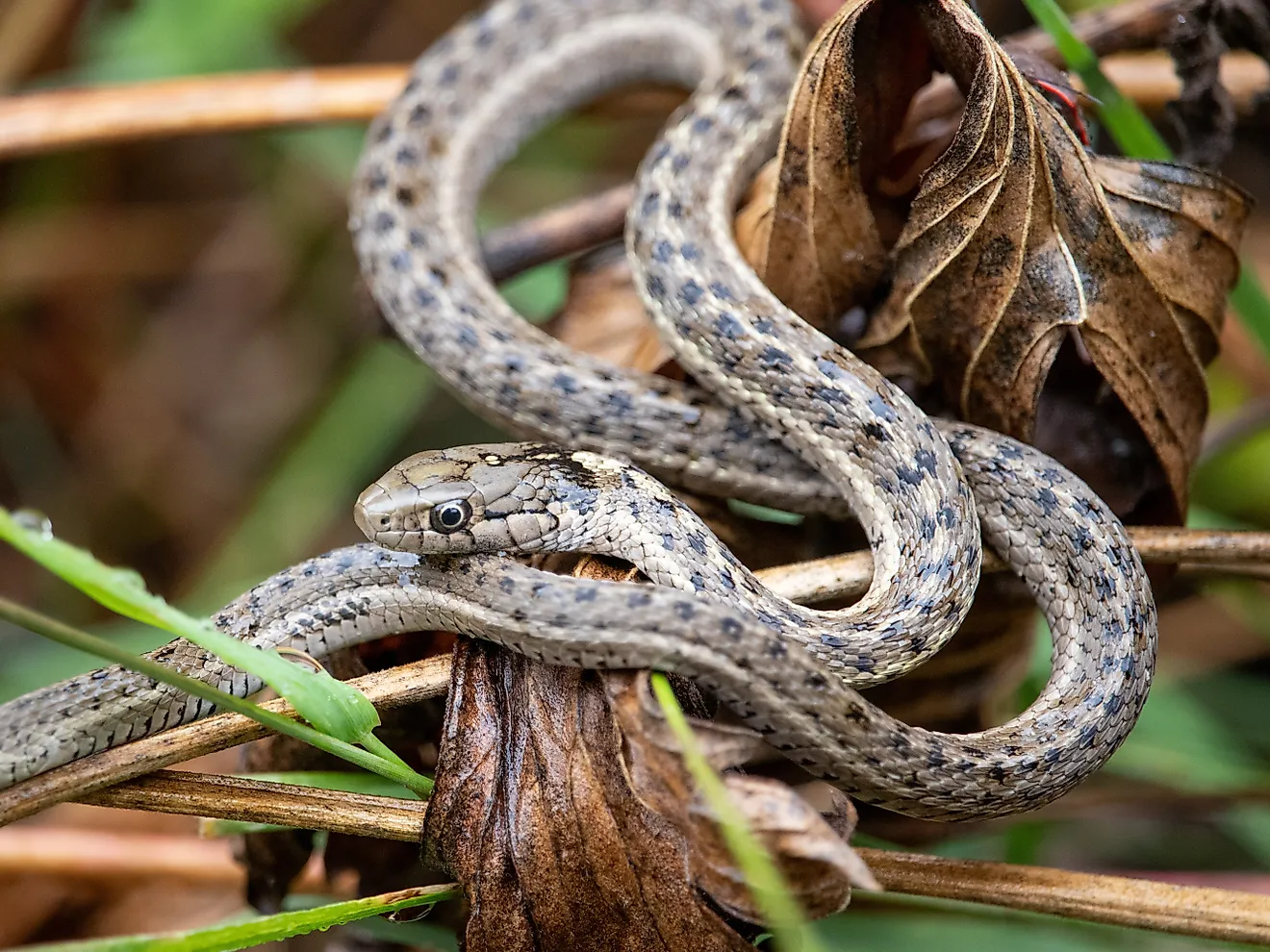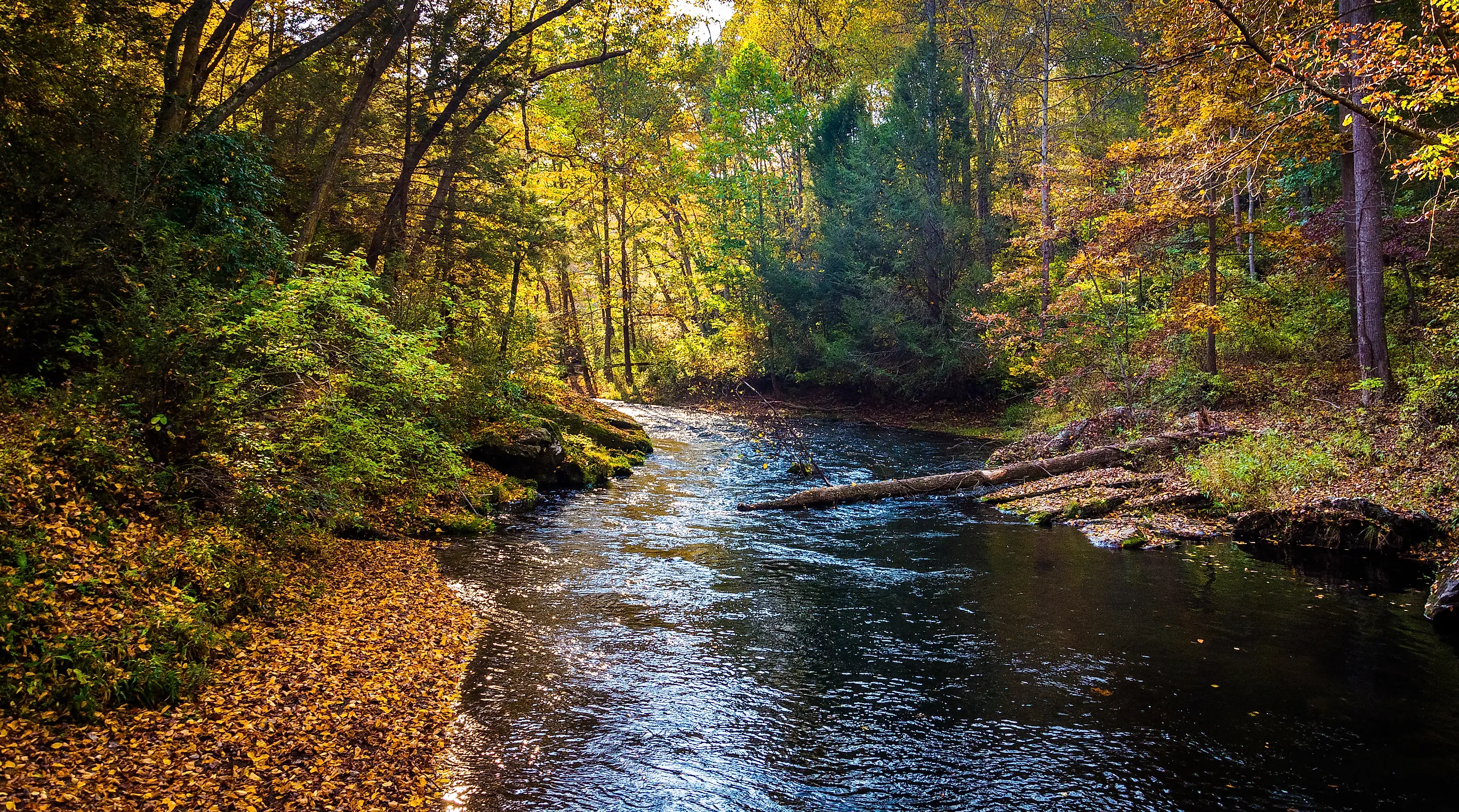
5 Most Snake-Filled Bodies Of Water In Maryland
Maryland’s relatively small borders contain a surprisingly robust network of rivers, lakes, and wetlands, creating an idyllic habitat for many native snake species. While the state is not particularly known for its snake populations, some bodies of water here are known for particularly high activity levels, especially in warmer months when reptiles are active in most places.
According to the Maryland Department of Natural Resources, Maryland has 27 different species and sub-species of snakes, including the veneous copperhead and timber rattlesnakes.
Let's identify the most snake-infested bodies of water in Maryland today based on habitat conditions, wildlife reports, and ecological patterns. This will offer a clear look at where these slithering reptiles thrive.
Gunpowder River
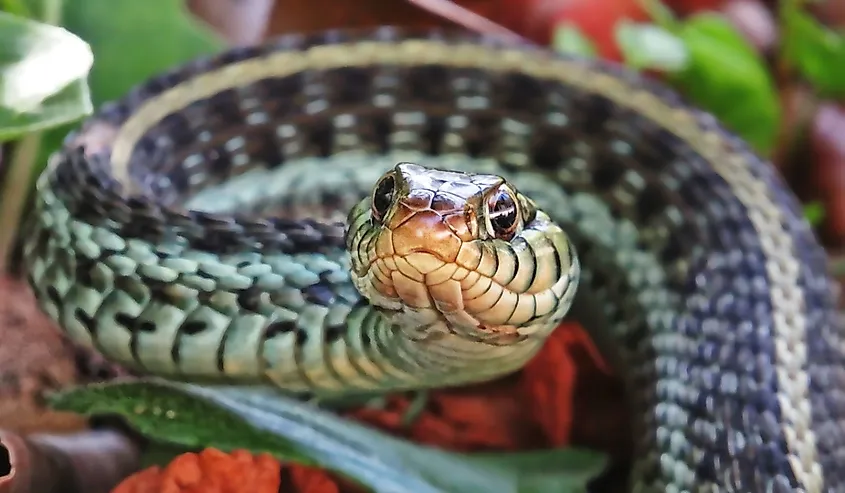
The Gunpowder River, which flows just east of Baltimore, contains a network of freshwater habitats that support a strong snake presence, particularly in its upper tidal and wetland zones. In the woodlands near and floodplains near Gunpowder Falls State Park, an adjacent parkland with boat launches, picnicking areas, renowned fishing and swimming holes, and tons of other greenspace for activity, you may run into eastern garter snakes, ribbon snakes black rat snakes, and potentially even eastern copperheads. And like pretty much every other corner of Maryland, you will also be able to see northern water snakes in abundance here.
Patuxent River
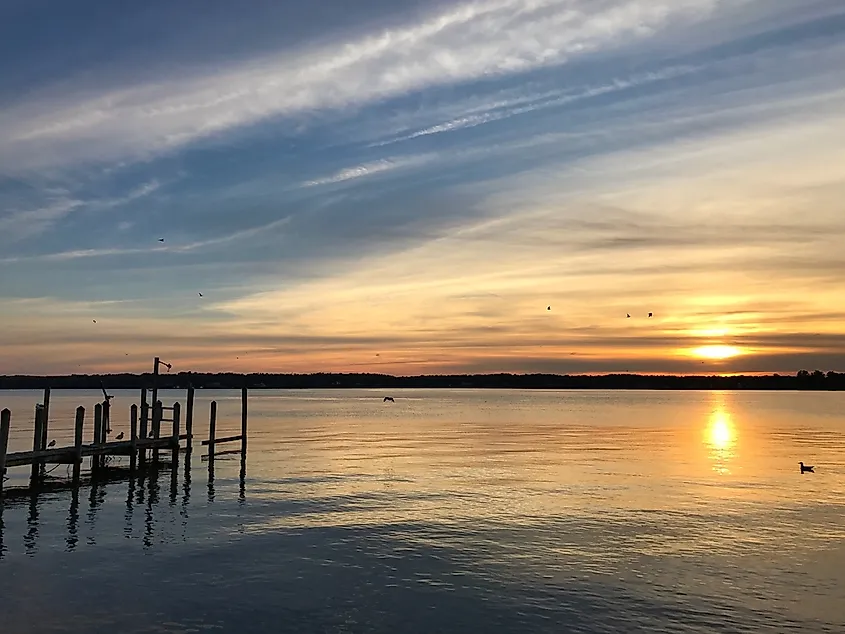
The Patuxent River, stretching about 115 miles through Maryland, is the only river in the state that flows solely within it. It supports a wide range of plant and animal life, which includes a dense population of semi-aquatic snakes, most of which stick to its diverse wetland habitats and slow-moving tributaries. The surrounding environment, marked by central Maryland's mix of forested corridors and marshy inlets, provides ideal cover and abundant food sources for every variety of reptile.
Northern water snakes are particularly common here, often seen basking along banks or gliding through the water in search of fish and amphibians, the species' main food source. Though nonvenomous, they are known to be defensive if approached. The river’s tidal marshes and oxbow lakes also support eastern garter snakes and the occasional queen snake, too, especially near rocky or wooded areas.
Anglers and kayakers frequenting the Patuxent are advised to be cautious when navigating shoreline vegetation, where these snakes are most active in the warmer months of the year.
Jug Bay Wetlands Sanctuary
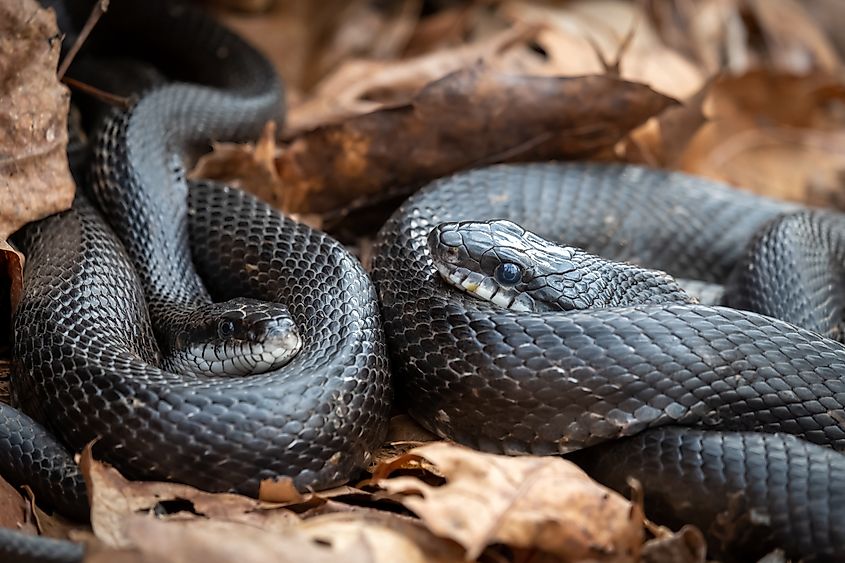
Located along the tidal portion of the Patuxent River, Jug Bay Wetlands Sanctuary is definitely one of the most lively ecosystems in Maryland for snakes. Its expanses of freshwater marshes, forested wetlands, and shallow coves create prime conditions for a variety of snake species, particularly the common watersnake.
Here, these snakes are frequently observed hunting in the shallows or coiled in vegetation near the boardwalk trails. The high density of amphibians and small fish supports a stable food chain, attracting other species such as the eastern ribbon snake, the eastern rat snake, queensnakes, rough greensnakes, northern ringneck snakes, gartersnakes, wormsnakes, and a few others as well.
Although none are venomous, their sudden movements and camouflage have been known to startle unsuspecting hikers or paddlers. Summer months see peak activity, especially near quiet inlets and sun-warmed logs, a favorite place for these cold-blooded reptiles.
Blackwater National Wildlife Refuge

Blackwater National Wildlife Refuge in Dorchester County contains one of the most snake-populated wetland systems on Maryland’s Eastern Shore. The refuge’s brackish tidal marshes, freshwater swamps, and forested uplands support all sorts of different reptiles and amphibians. The warm, humid coastal conditions and abundant prey certainly make Blackwater a hotspot for snake activity, particularly near the edges of pools and canals.
Like many spots across the state, northern water snakes thrive here, often seen swimming across ditches or hunting near muskrat lodges. The area’s shallow creeks and abundant vegetation also attract eastern ribbon snakes, black rat snakes, and rough green snakes, which feed on much of the same prey. Occasional sightings of eastern cottonmouths (also called water moccasins) have also been reported, although they are often confused with common water snakes.
Mattawoman Creek
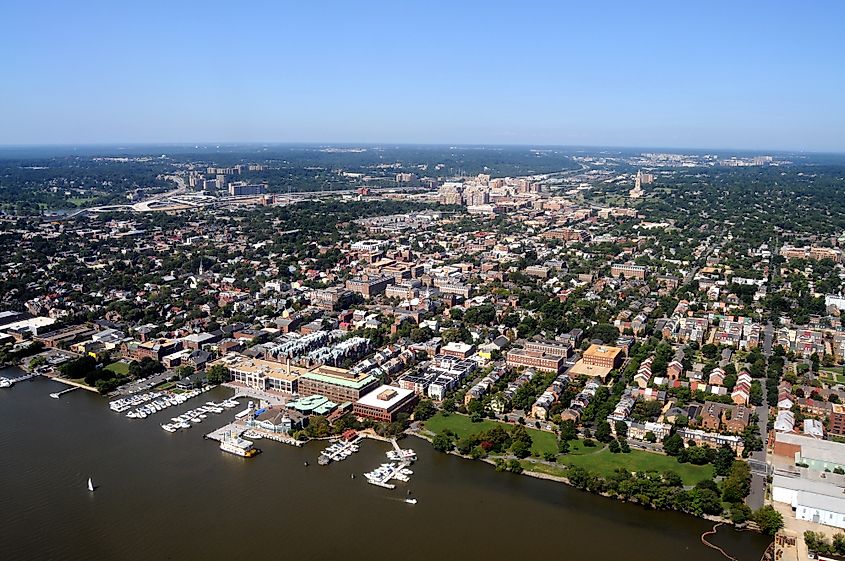
Mattawoman Creek, a tributary of the Potomac River just south of Alexandria, is wonderful watery greenspace near the nation's capital, as well as a popular fishing spot and an important ecological region. The creek’s broad wetlands and wooded floodplains provide ideal habitat for several native snake species.
Eastern ribbon snakes and common garter snakes inhabit the adjacent swamps and forest edges. Northern water snakes are most widespread throughout the area, however, and are frequently spotted near submerged logs and shoreline vegetation. The slow current and abundance of small fish and frogs make the creek especially suitable for hunting. Although none of these species are venomous, their presence is notable due to the high density and visibility, particularly from late spring through early fall.
Anglers, birders, and kayakers should stay on guard when maneuvering through thick aquatic vegetation and secluded inlets, both for their safety and the well-being of the snakes.
Better Understand Maryland's Snakes
As with many corners of the United States, snakes are a natural part of Maryland’s aquatic ecosystems, and their presence often signals a healthy, functioning environment. While most species found in the state’s rivers, lakes, and wetlands are harmless, awareness is key when visiting areas known for high snake activity, protecting both you and them.
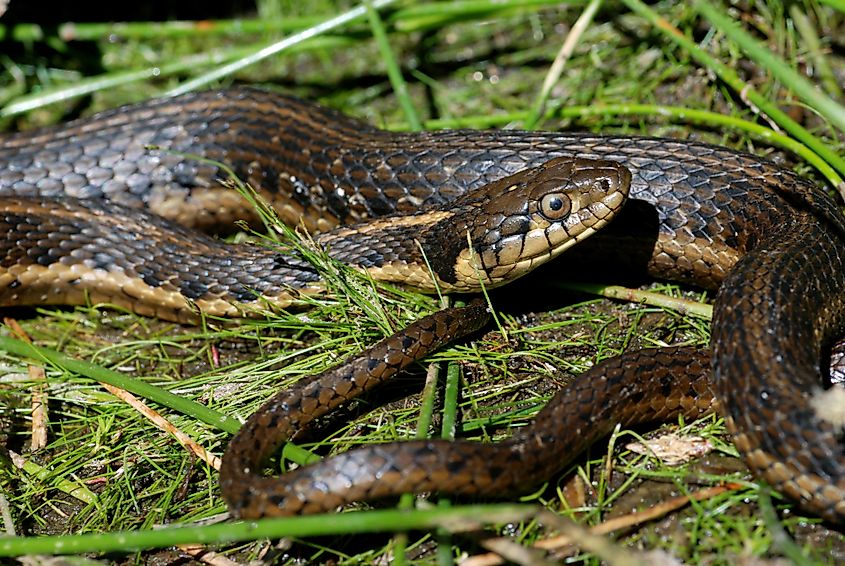
Whether you're fishing, boating, or walking near the water, understanding where the few snake hotspots are in this state can be essential for better understanding and appreciating its diverse ecosystems.
